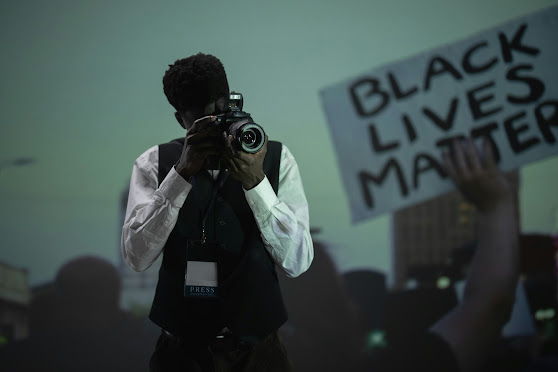Storytelling through photography involves the use of visual elements to convey a narrative or evoke emotions in the viewer. While characters, plot, and setting are traditionally associated with written or cinematic narratives, they can also be effectively employed in photography to create engaging and meaningful images.
1. Characters: In photography, characters are the subjects that you choose to include in your frame. They can be people, animals, or even inanimate objects that have a sense of personality or are central to the story you want to tell. The way you capture and portray these characters can significantly influence the emotional response of the viewer. For example, a portrait may reveal a person's personality, their emotions, or their role in a larger narrative.
2. Plot: The plot in a photograph is the main idea or sequence of events that you are attempting to convey. It is not always a linear story but rather a moment frozen in time that suggests a narrative. This can be achieved through composition, the use of foreground and background elements, and the relationships between different elements in the frame. A single image can hint at a larger story, leaving the viewer to interpret and imagine what happened before or after the captured moment.
3. Setting: The setting is the environment or background in which the characters and plot are situated. It provides context and atmosphere to the story. An effective setting can enhance the mood, highlight the themes, and provide depth to the narrative. It can be as broad as a landscape or as intimate as a room, and it's essential to consider how the lighting, colors, and textures of the environment interact with the subjects in the photograph.
To incorporate these elements into your photography, consider the following:
- Characters:
a. Choose subjects that are interesting and convey emotion or tell a story.
b. Use composition to highlight the relationship between characters and their environment.
c. Capture expressions and gestures that reveal character traits or the emotional state of the subjects.
d. Consider the placement and interaction of characters within the frame to suggest relationships or dynamics.
- Plot:
a. Look for moments of tension, action, or resolution in everyday life or staged scenarios.
b. Use visual cues to suggest a narrative arc, such as leading lines or the rule of thirds to guide the viewer's eye through the image.
c. Include elements that hint at a story, such as props, clothing, or the subjects' actions.
d. Use sequential images to build a more complex plot over time, creating a photo essay or storyboard.
- Setting:
a. Select locations that complement and enhance the story you are trying to tell.
b. Pay attention to the time of day and weather to influence the mood of the scene.
c. Utilize the setting to create depth and layers in your images, making the viewer feel as though they could step into the scene.
d. Consider how the setting reflects the character's circumstances, personality, or the theme of the story.
By combining these elements thoughtfully, you can create powerful, evocative images that communicate stories without words. Remember that storytelling in photography is a form of visual art, and it's okay to leave some elements to the viewer's interpretation. The best stories often raise questions and provoke thought, inviting the audience to engage with the photograph on a personal level.
